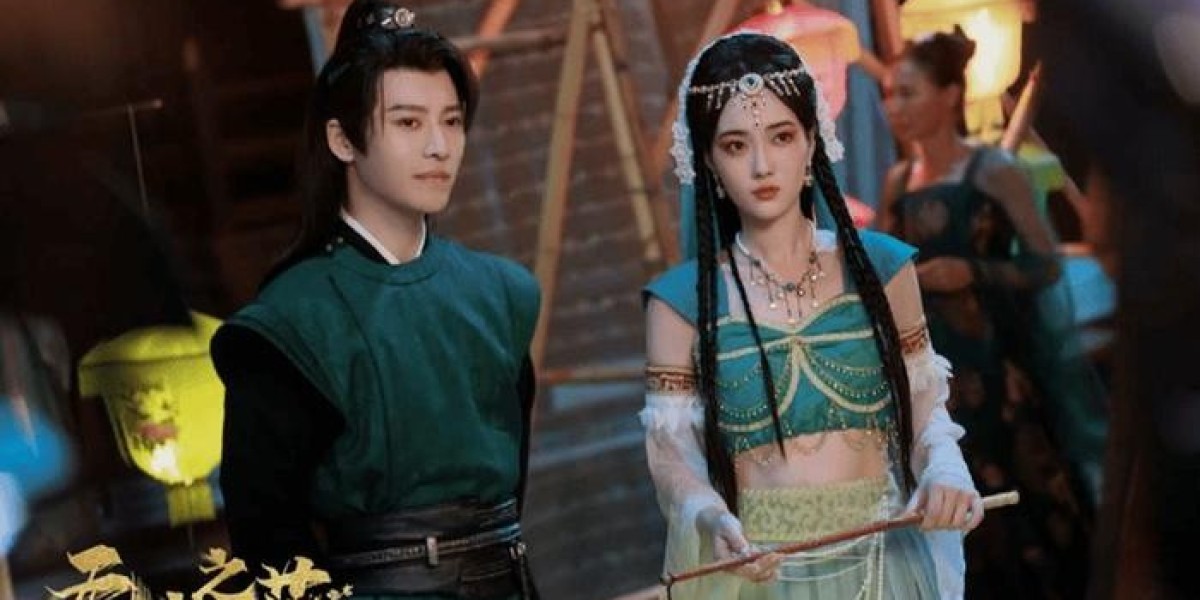When exploring Egypt's vast array of ancient sites, two lesser-known yet incredibly significant temples stand out: Dendera and Abydos. Located north of Luxor, both of these temple complexes are rich in religious and historical significance, showcasing the artistry, spiritual practices, and deep-rooted traditions of ancient Egypt. Visiting these two sites offers a unique glimpse into the beliefs and architectural ingenuity of the pharaonic period.
Best Spa Experience in Hurghada
1. The Temple of Hathor at Dendera
The Dendera Temple Complex is one of Egypt’s best-preserved temple sites, and its centerpiece is the Temple of Hathor, the goddess of love, beauty, music, and motherhood. This temple was an important religious center for the worship of Hathor, who was seen as a divine mother and protector of the living.
a) History and Significance
The Temple of Hathor dates back to the late Ptolemaic period, though it was built on much older sacred grounds. The current structure was commissioned by Ptolemy XII and completed by the Roman Emperor Tiberius in the 1st century AD. Despite its relatively late construction, the temple follows the traditional style of earlier pharaonic temples, maintaining the artistic and architectural legacy of ancient Egypt.
b) Architectural Highlights
The temple is renowned for its massive stone columns, intricate carvings, and vivid astronomical ceilings. Its well-preserved state allows visitors to experience the grandeur of an ancient Egyptian temple almost as it would have appeared thousands of years ago.
Key features of the Temple of Hathor:
- Hypostyle Hall: This hall is supported by 24 massive columns, each topped with capitals carved in the likeness of Hathor’s face. The ceiling of the hall is adorned with detailed astronomical scenes, including depictions of the sky goddess Nut and the Zodiac.
- Zodiac Ceiling: One of the most famous features of Dendera is the Dendera Zodiac, a celestial map carved into the ceiling of a small chapel. Although the original is now in the Louvre Museum in Paris, a replica remains in the temple. This zodiac provides a glimpse into the Egyptians’ knowledge of astronomy and their connection with the cosmos.
- Sanctuary of Hathor: At the heart of the temple lies the sanctuary, where the statue of Hathor would have been housed. Surrounding the sanctuary are various chapels dedicated to other gods and ceremonial rooms used for sacred rituals.
- Crypts: Beneath the temple are several crypts that were used to store religious objects, treasures, and offerings. The walls of these crypts are decorated with highly detailed carvings, including images of Hathor and other deities.
c) Dendera Light
A fascinating and much-debated feature of the Temple of Hathor is the Dendera Light, a relief carving found in one of the temple’s crypts. The carving depicts what appears to be a lotus flower with a snake emerging from it, enclosed in an oval shape. Some have interpreted this as an ancient lightbulb or symbol of advanced technology, though mainstream Egyptologists consider it to be a symbolic depiction of Egyptian mythology.
2. The Temple of Seti I at Abydos
Abydos is one of Egypt’s most ancient and sacred cities, and it is home to the Temple of Seti I, one of the most important religious sites in ancient Egypt. The temple was dedicated to the Osirian cult, and Abydos itself was considered the burial place of Osiris, the god of the afterlife. Pilgrimage to Abydos was believed to offer a connection to Osiris and the promise of eternal life.
a) Historical Background
The Temple of Seti I was begun by Pharaoh Seti I and completed by his son, Ramses II, in the 13th century BC. Seti I was one of Egypt’s most successful pharaohs, and his temple reflects his reverence for the gods and the afterlife.
b) Architectural Highlights
The Temple of Seti I is known for its detailed reliefs, depicting the gods and scenes of the pharaoh’s interactions with them. It is one of the most intricately decorated temples of ancient Egypt, showcasing the artistic mastery of the time.
Key features of the Temple of Seti I:
- Seven Chapels: The temple’s main hall is notable for its seven sanctuaries, each dedicated to a different deity. These include Osiris, Isis, Horus, Amun-Ra, Ptah, Re-Horakhty, and Seti I himself. Each chapel is beautifully decorated with depictions of the pharaoh making offerings to the gods.
- Osirion: Behind the temple lies the Osirion, a massive subterranean structure thought to be an ancient tomb or cenotaph dedicated to Osiris. The Osirion is believed to predate the temple itself and features massive stone blocks arranged in a way that has led to speculation about its function and symbolic meaning.
- Abydos King List: One of the most significant finds at Abydos is the Abydos King List, a detailed record of pharaohs from Egypt’s earliest dynasties up to Seti I. The list, inscribed on the temple walls, is one of the most valuable sources of ancient Egyptian history, omitting rulers considered illegitimate, such as the controversial pharaoh Akhenaten.
c) Osirian Mythology
Abydos was closely associated with the myth of Osiris, who was murdered by his brother Seth and later resurrected by his wife, Isis. This resurrection myth was central to Egyptian beliefs about the afterlife. Every year, a grand festival called the Osiris Mysteries was held at Abydos, where dramatic reenactments of the death and resurrection of Osiris took place, symbolizing the eternal cycle of life, death, and rebirth.
3. Architectural and Religious Significance
Both the Dendera and Abydos temples were not only places of worship but also centers of religious education, where priests and temple staff would learn the sacred rites and rituals. These temples played a crucial role in preserving and promoting the myths and religious practices of ancient Egypt, connecting the pharaohs with the gods and ensuring the continuation of cosmic order, known as Ma’at.
The temples also reflect Egypt’s artistic achievements, with their reliefs and inscriptions providing valuable insights into Egyptian beliefs, astronomy, mythology, and politics. The craftsmanship seen in both Dendera and Abydos speaks to the dedication and reverence that the Egyptians had for their gods.
4. How to Visit Dendera and Abydos
Both Dendera and Abydos are located north of Luxor and are usually visited as day trips from the city. The journey to Dendera is about 60 kilometers (1.5 hours) from Luxor, while Abydos is around 160 kilometers (3 hours) away. Many visitors combine trips to both sites, as they offer a deep dive into the lesser-known but profoundly significant aspects of Egyptian history and religion.
Private guides or organized tours are highly recommended to fully appreciate the historical and religious context of these sites, as much of their symbolism and importance can be easily overlooked without a knowledgeable guide.
Conclusion
Visiting the temples of Dendera and Abydos is like stepping into the heart of ancient Egypt’s religious world. From the celestial depictions at Dendera to the Osirian mysteries at Abydos, these temples provide a more intimate and mystical perspective on ancient Egyptian beliefs. Whether you're captivated by the intricate reliefs or the spiritual significance of these sites, Dendera and Abydos offer an unforgettable journey into the sacred landscapes of Egypt’s past







